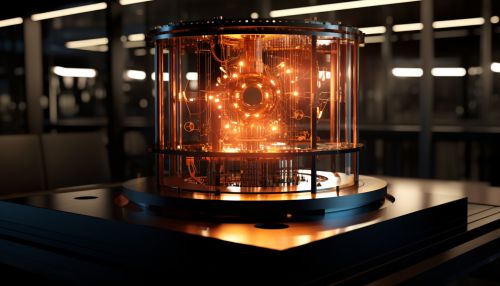The Physics of Quantum Mechanics in Quantum Electrodynamics
Introduction
Quantum electrodynamics (QED) is a branch of quantum mechanics that describes how light and matter interact. It is a theory that combines the principles of quantum mechanics and special relativity to explain the behavior of subatomic particles, particularly electrons and photons.
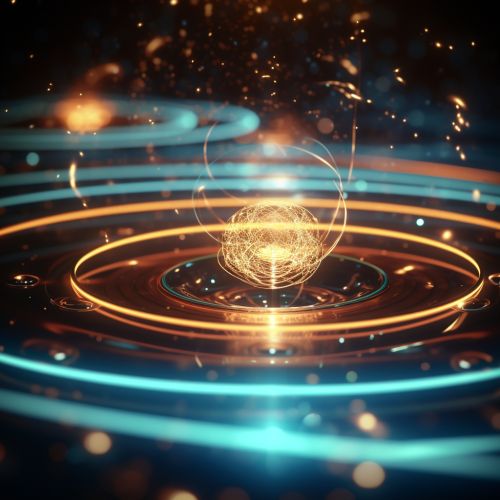
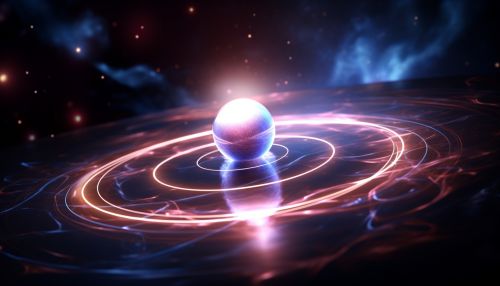
History and Development
The development of QED began in the early 20th century with the advent of quantum mechanics. The theory was initially proposed by Paul Dirac in 1927, and further developed by Richard Feynman, Julian Schwinger, and Sin-Itiro Tomonaga, who shared the 1965 Nobel Prize in Physics for their work.
Principles of Quantum Electrodynamics
QED is based on the principles of quantum mechanics, which include wave-particle duality, the uncertainty principle, and the superposition principle. These principles describe the behavior of particles at the quantum level, where classical physics does not apply.
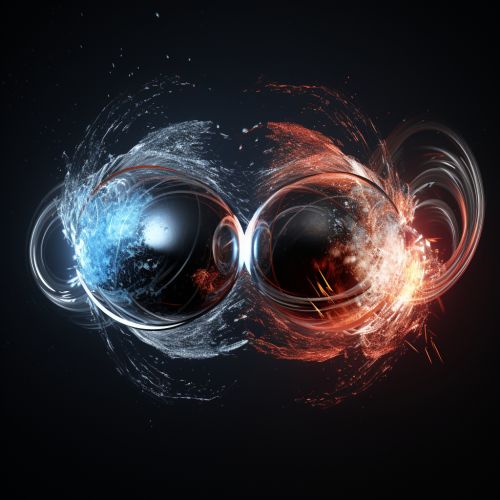

Quantum Fields and Particles
In QED, particles are described as excitations of quantum fields. These fields exist everywhere in space and time, and particles are created and annihilated as the fields fluctuate. The most important fields in QED are the electron field and the photon field.
Feynman Diagrams
Feynman diagrams are a graphical representation of the interactions between particles in QED. They were introduced by Richard Feynman in the 1940s and have since become a fundamental tool in theoretical physics.
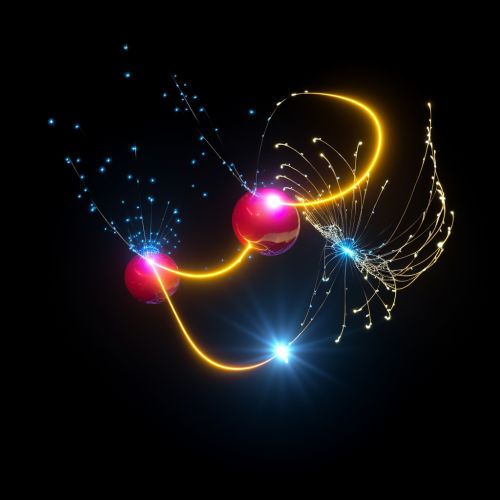
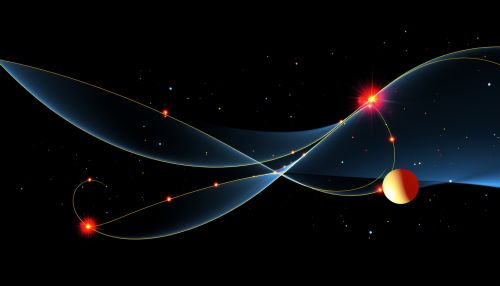
Applications of Quantum Electrodynamics
QED has many applications in physics and engineering, including the design of lasers, the development of quantum computers, and the study of condensed matter physics. It is also used in the analysis of high-energy particle collisions in particle accelerators.
Challenges and Future Directions
Despite its successes, QED also poses several challenges. One of the main challenges is the problem of infinities, which arises when calculating certain quantities in the theory. Future research in QED is likely to focus on resolving these issues and further refining the theory.

